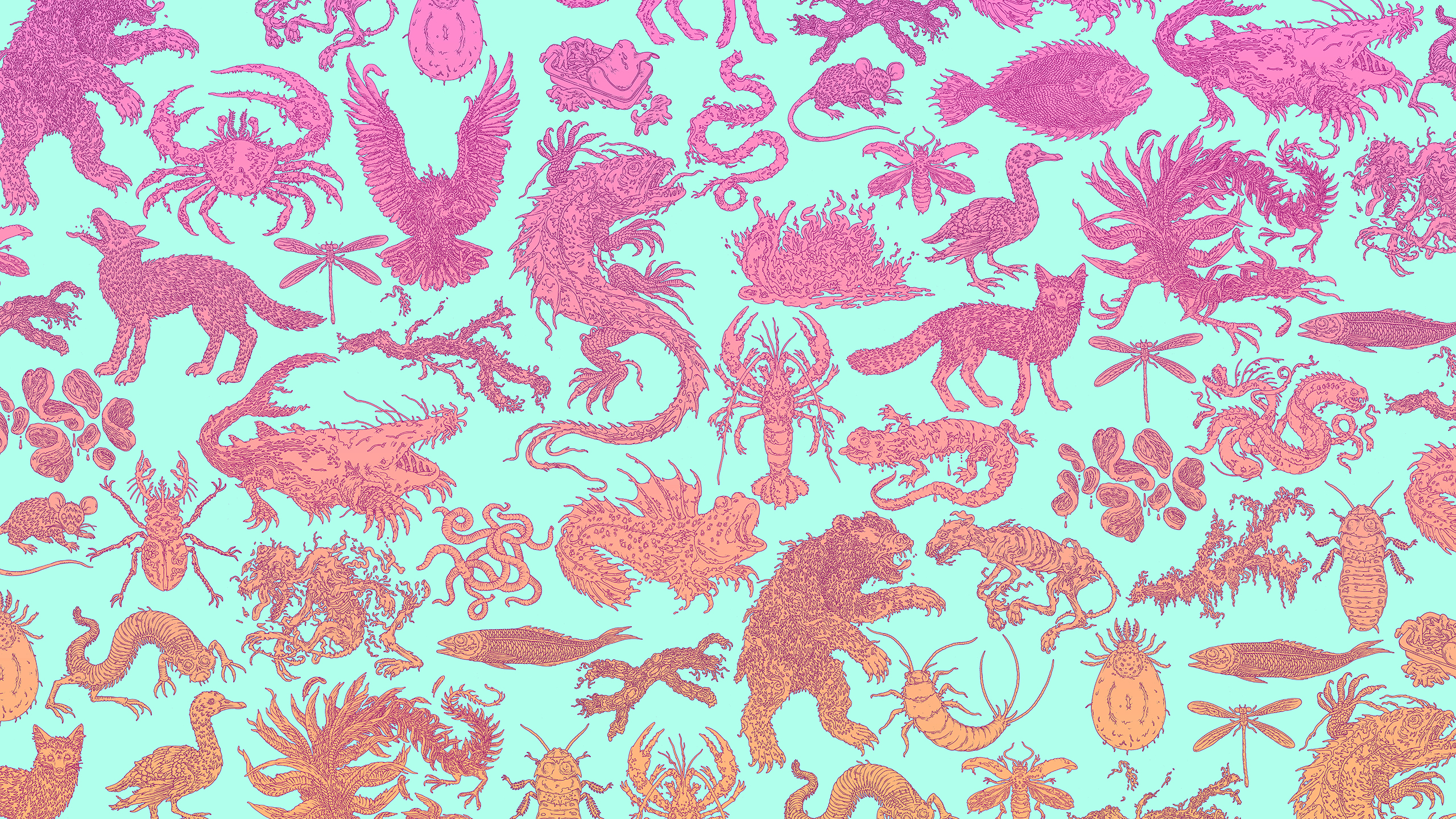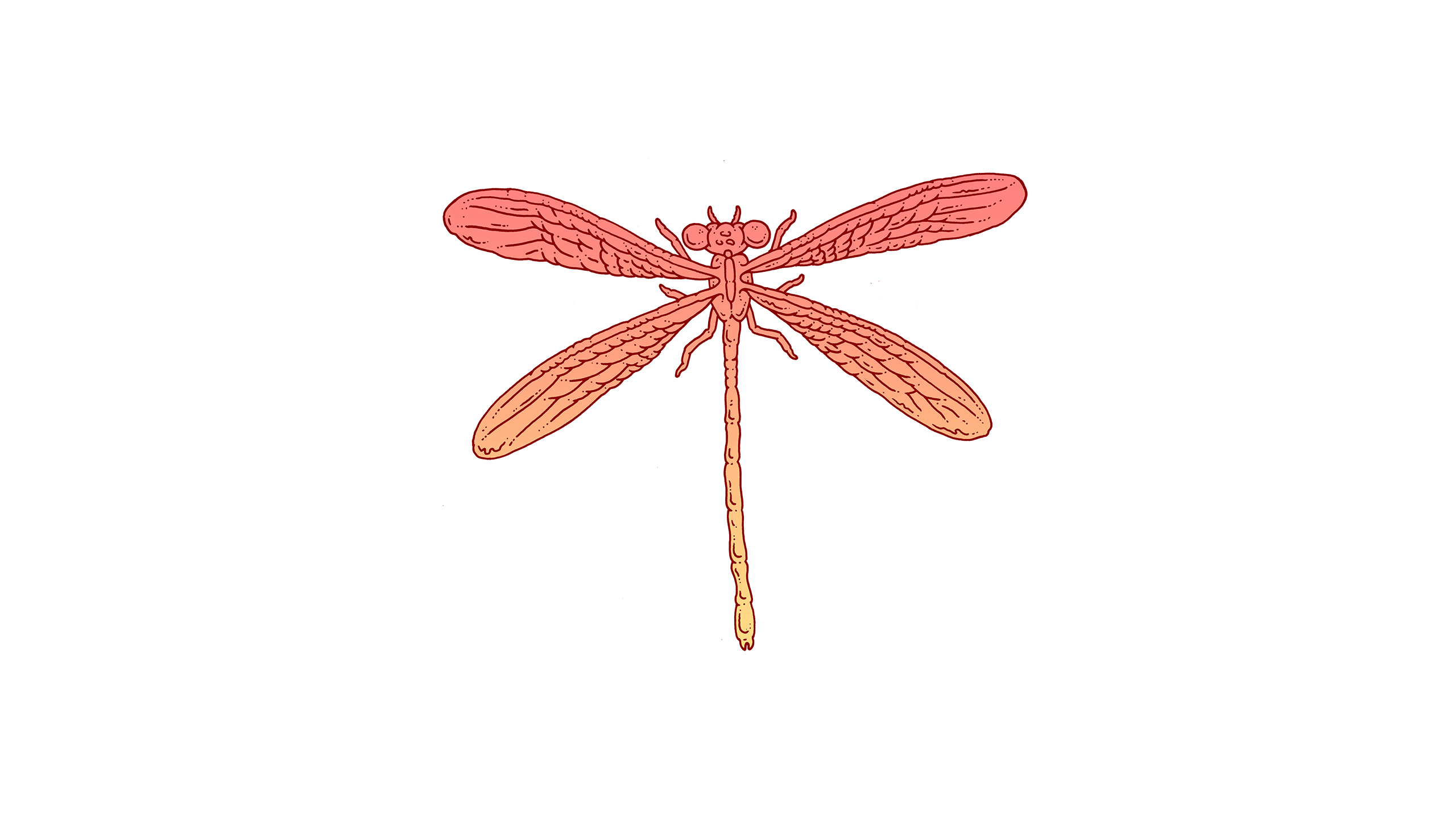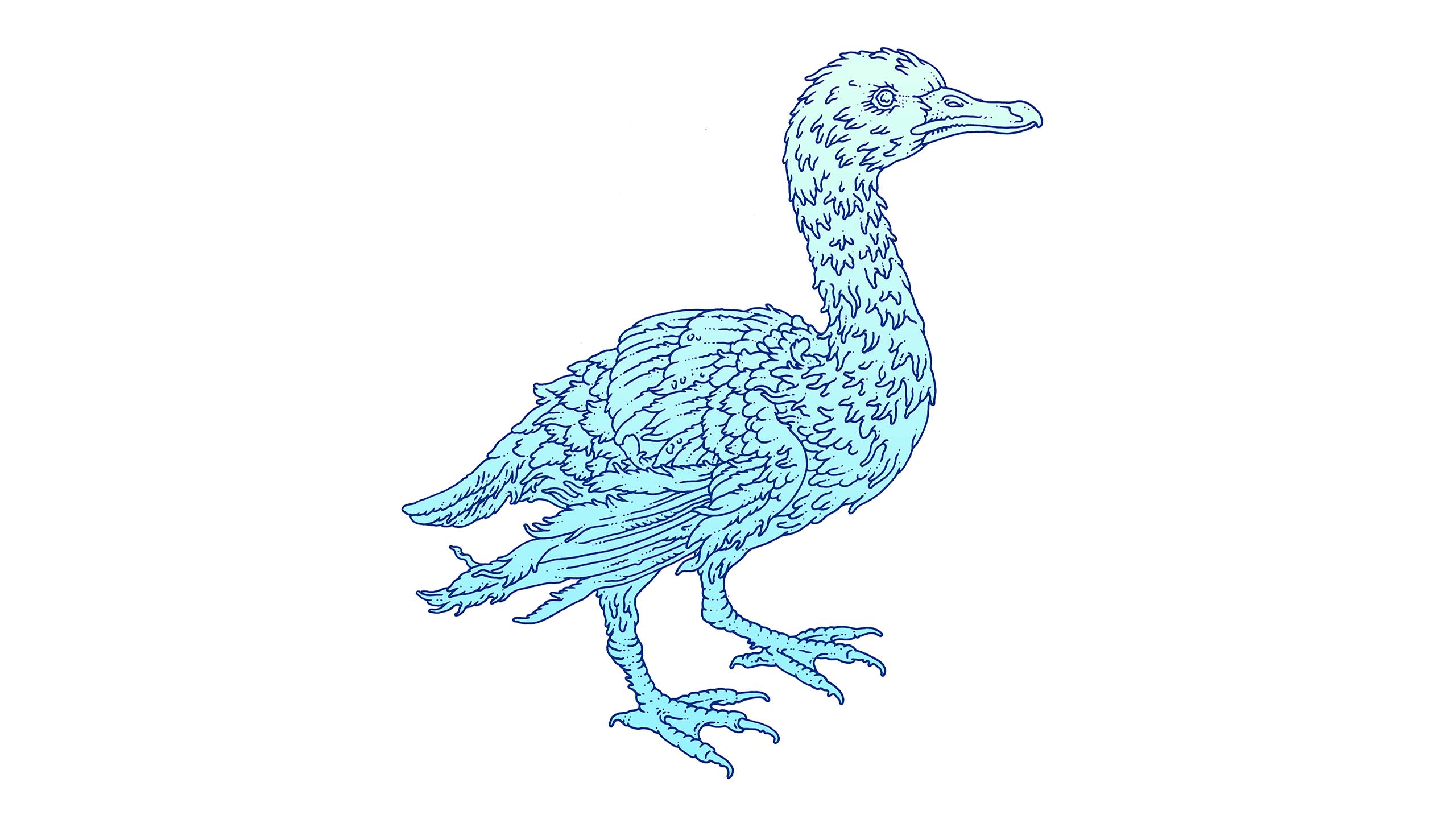Silverfish (p. 205)
An ancient insect that existed on Earth before the dinosaur, the silverfish has thrived in the City, much as it has thrived everywhere for more than four hundred million years. Wingless, the silverfish depends on extreme speed and a nocturnal existence to pursue an advantage. The versions found in the City are much larger than the norm, live for decades, have become adroit at moisture extraction even in the driest conditions—sometimes existing on the bodily fluids found within its prey—and have been observed to be more social than their predecessors.
Silverfish will eat anything and, given the immense inventory of papers and books that housed the City’s history, could be said by their devouring to have absorbed that history and made it their own to the extent that it now belongs to them. Inasmuch as an insect rules the City, it is the silverfish, as silverfish females produce up to one hundred eggs per day. A relative of the silverfish, the firebrat, has not fared as well in the City, for reasons too esoteric to relate here.
Impervious to pollution and poisons, the silverfish also tastes terrible, discouraging scavengers from harvesting it, and has a nasty bite that often becomes infected. Their molted scales, however, resembling the scales of a fish, are much prized by biotechs—or, at least, the properties of those scales when ground into glitter and reapplied to beetle carapaces.
The rantings of the old man named Ted-Ned, who stood outside the City’s ruined observatory in better days, alluded to an empire of silverfish beyond the desert, where they have created their own complex society, with their own customs and their own ways of governance. Their cities are tiny but plentiful, forming sandy towers burrowing into the sky and extending far beneath the surface. Within these citadels, the silverfish have developed their own arts, based on speed and toughness, expressed in signs and symbols cut into the sand floor and flourishes cutting the air that fade as soon as made so that ever some members of the empire must replicate what will always disappear. The silverfish king sits upon a throne made from the cracked exoskeletons of a thousand locusts and holds a staff fashioned from the hardened horns of a dozen lashed-together rhinoceros beetle horns.
If you, a human, approach one of these silverfish cities, the melodious music from within will cease and they will appear ghostly and empty and you will think them merely the whims of some desert children, even as you marvel at the craftsmanship. Soon enough, though, you will not even notice this as you will have fallen into one of the main quicksand traps of the silverfish and you will be served up as a fine meal for two or maybe even three generations of young silverfish, contributing in your way to the culture of the silverfish empire.
The old man is crazy, of course, but there are children daft enough from staring into the flames of the fire slug all night to listen and repeat these things, and thus they perpetuate this nonsense, and thus silverfish have come to be revered in more ways than one. (See also Damselfly and Memory Beetle)
Strange Bird (p. 169)
Almost certainly apocryphal; no evidence of this bird exists in the City. For this reason, many believe the strange bird is a myth of freedom or imprisonment used as propaganda by the Magician. Possibly this bird was unique biotech blown in from the desert by a storm and unable to find its way out, but if so the creature led a short and miserable existence in the City until scavengers tore it apart. Every sort of description has been given for the strange bird and every sort of story has been told about her, and this will continue until there is no City at all to speak of. (See also Flying Creature with Many Wings and Vultures)
Tick, White Engorged (p. 26)
Misunderstood by some as a real creature. In fact, simply a metaphor for the Company.
Unrecognizable Animal (p. 5)
On occasion, scavengers find animals whose skulls seem “burst from internal pressure, eyes bright and bulging.” Are these residual high-altitude experiments by the Company? The paranoid within the City speculate that there is another Company building hovering “above the sky,” from which such things inevitably must fall. At times, this other Company building is conflated with the empire cities of the silverfish, especially among drunk storytellers late at night who should know better. (See also Elongated Elastic Creatures and Silverfish)
Vultures (p. 233)
This kind of bird can be tricky and cunning, for some are actually automated cyborg drones, or “dark wings,” programmed centuries ago to surveil or drop seed loads from now empty cargo bellies. The stomachs of real vultures can be strange enough, containing acids that dissolve anthrax, botulism, and cholera bacteria. They use their own vomit as a defensive mechanism and the wizened boy down by the corner near the courtyard of dead astronauts swears that vultures in the air together are known as a “venue,” while those congregated on the ground are a “kettle.”
Alas, vultures tend to be shooed away and go distinctly undervalued in the City because in eating carcasses they clean up bits of biotech that might be valuable. Some vultures are colonized by the “dead” biotech they eat and thus become the eyes and ears of another organism entirely.
So you never really know what is hovering above you or who it reports to. But ever this was the way in the City and, really, the wider world as well . . . (See also Flying Creature with Many Wings and Strange Bird)
Wayward Crayfish (p. 239)
Although usually considered a nostalgic reference to a bygone time before the destruction of most of the world, the crayfish has adapted to desert conditions, aided by a high resistance to pollution and heavy metals. For this reason, the blotched crayfish, as it is sometimes called, has managed to survive in the City’s harsh conditions. The crayfish can immerse itself even in the polluted river for brief periods of time without harm and retain moisture for up to a week. Adaptations that include pollutant-targeting echolocation and the ability to eat Company moss have helped its chances. This species is called “blotched” due to the unique pattern across its carapace, which helps in camouflage but also functions as a two-fold screening system for certain types of pollutants. When the blotched crayfish was more common, some scavengers would use changes in its coloration as a guide to the level of contaminants in any given part of the city. (See also Fiddler Crabs and Mudskippers / Mudpuppies)






